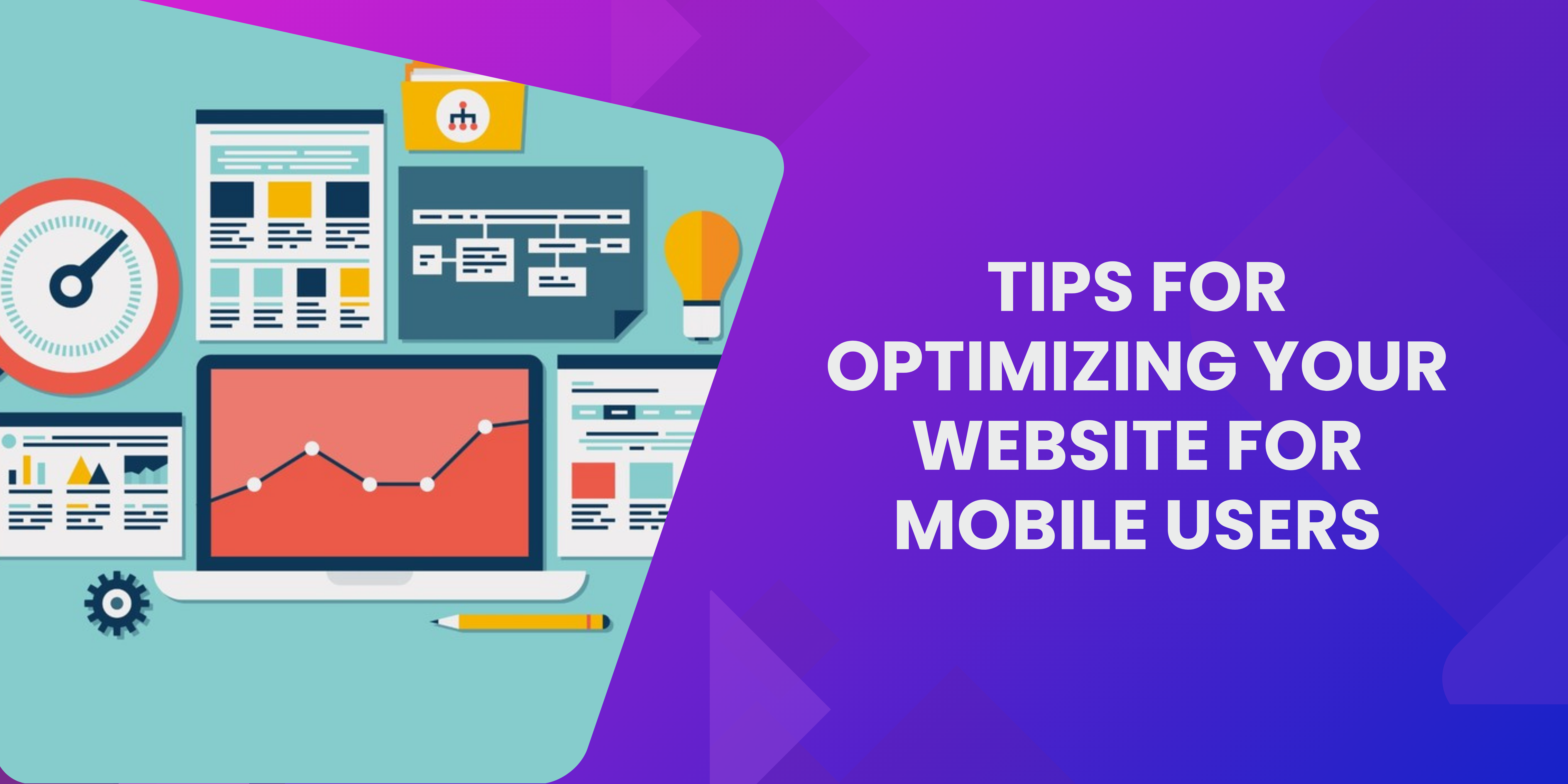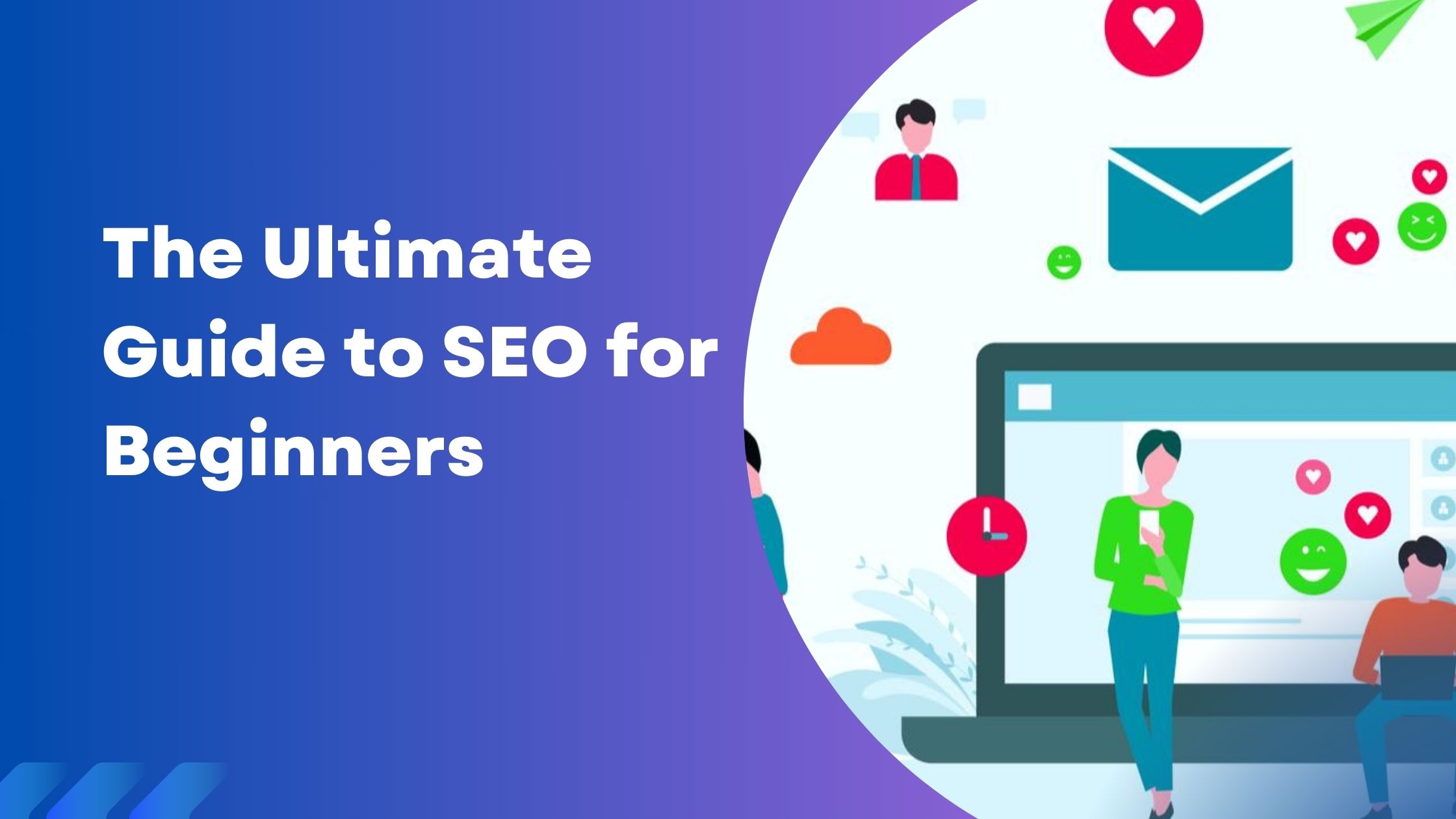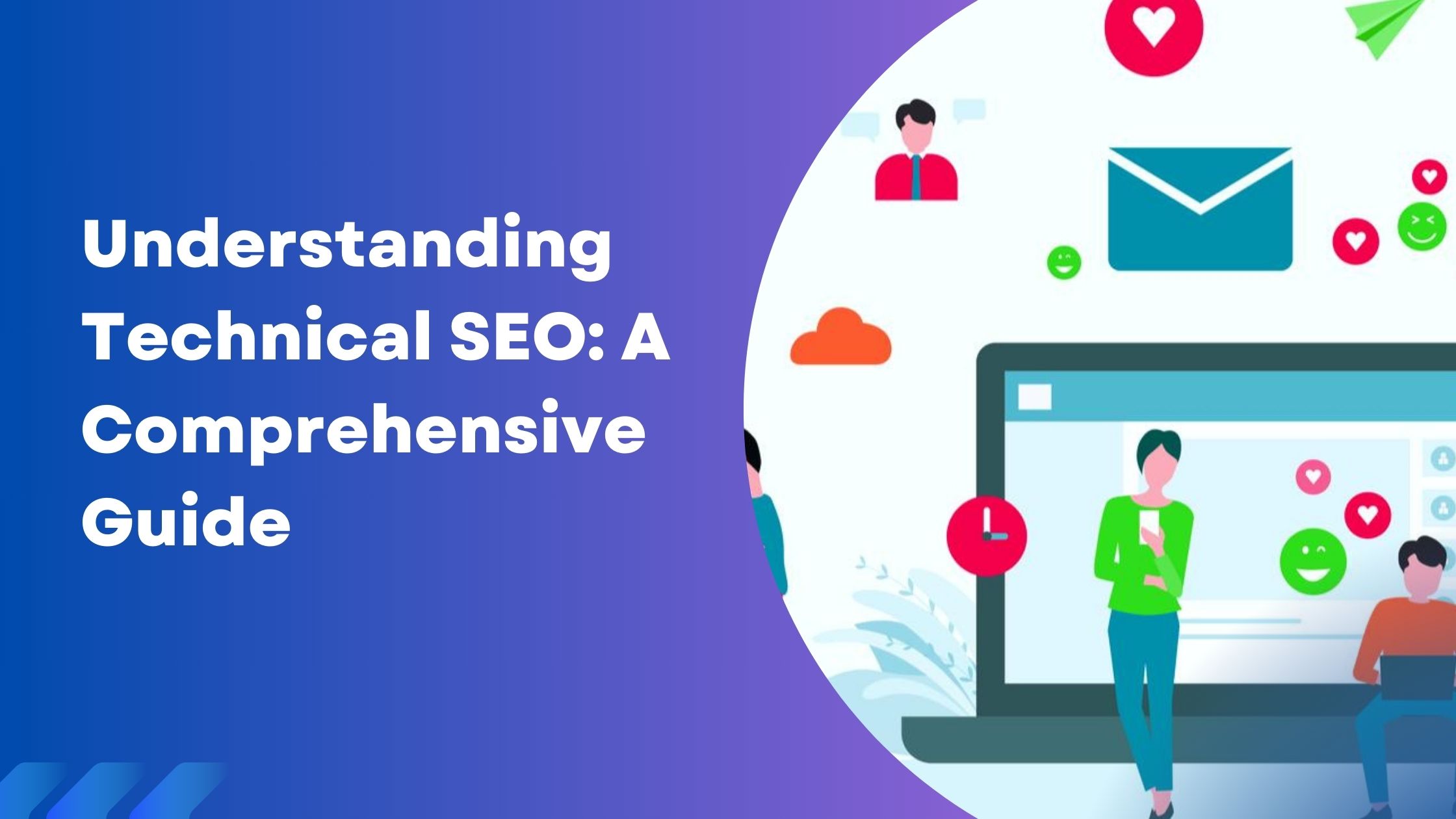How to Create a Successful Content Marketing Plan?
In today’s digital age, content is king. The importance of content marketing cannot be overstated, as it plays a crucial role in engaging audiences, building brand awareness, and driving sales. But how do you ensure that your content marketing efforts are effective and efficient? The answer lies in having a well-crafted content marketing plan.
Understanding Your Audience
Identifying Your Target Audience
Before you start creating content, it’s vital to know who you’re creating it for. Identifying your target audience involves understanding their demographics, interests, and pain points. This information helps tailor your content to meet their needs and preferences.
Creating Buyer Personas
Buyer personas are fictional representations of your ideal customers. They help in visualizing and understanding the audience better. Include details like age, gender, job title, income level, and challenges they face. This will guide your content creation and ensure it resonates with your audience.
Setting Clear Goals
Defining Objectives
Your content marketing plan should have clear, measurable goals. These could range from increasing website traffic and generating leads to boosting social media engagement and enhancing customer loyalty.
Aligning Goals with Business Objectives
Ensure that your content marketing goals align with your broader business objectives. For instance, if your business goal is to expand into a new market, your content should educate that market about your products and services.
Conducting a Content Audit
Analyzing Existing Content
A content audit involves reviewing all the content you’ve already created. Identify which pieces performed well and which didn’t. This will help you understand what type of content resonates with your audience.
Identifying Gaps and Opportunities
During the audit, look for gaps in your content. Are there topics your audience is interested in that you haven’t covered yet? Are there opportunities to update and improve older content? Addressing these gaps can boost your content’s effectiveness.
Choosing the Right Content Types
Blogs and Articles
Blogs and articles are great for sharing detailed information and improving your website’s SEO. They should be well-researched, informative, and engaging.
Videos and Infographics
Visual content like videos and infographics can capture attention quickly and are often more shareable than text-based content. They are excellent for explaining complex ideas in an easily digestible format.
Social Media Posts
Social media is essential for reaching a broad audience. Tailor your content to each platform’s unique audience and style.
E-books and Whitepapers
These are valuable for providing in-depth knowledge and can be used as lead magnets to capture email addresses.
Keyword Research
Importance of Keywords in Content Marketing
Keywords are the terms and phrases that people use to search for content online. Using the right keywords helps your content rank higher in search engine results.
Tools for Keyword Research
Tools like Google Keyword Planner, SEMrush, and Ahrefs can help you find relevant keywords. Look for keywords with high search volume and low competition.
Incorporating Keywords into Content
Use your chosen keywords naturally within your content. Include them in headings, subheadings, and throughout the body text, but avoid keyword stuffing.
Creating a Content Calendar
Planning Your Content Schedule
A content calendar helps you plan and organize your content creation efforts. It ensures consistency and helps you stay on track with your publishing schedule.
Tools for Managing Content Calendars
Tools like Trello, Asana, and Google Calendar can help you manage your content calendar effectively. These tools allow you to schedule posts, assign tasks, and track deadlines.
Content Creation
Writing High-Quality Content
High-quality content is original, informative, and engaging. It should provide value to your audience and be free of grammatical errors.
Visual Content Creation
Visuals can enhance your content and make it more engaging. Use high-quality images, videos, and graphics to complement your text.
Collaborating with Creators and Influencers
Partnering with creators and influencers can expand your reach and add credibility to your content. Choose influencers who align with your brand values and have a genuine connection with their audience.
Content Distribution
Organic Reach vs. Paid Advertising
Organic reach involves growing your audience naturally through SEO and social media engagement. Paid advertising, such as Google Ads and social media ads, can help you reach a larger audience quickly.
Social Media Strategies
Develop a strategy for each social media platform you use. Post regularly, engage with your audience, and use hashtags and keywords to increase visibility.
Email Marketing
Email marketing is a powerful way to nurture leads and keep your audience informed. Send regular newsletters, promotional offers, and personalized content to your subscribers.
SEO and Optimization
On-Page SEO Techniques
On-page SEO involves optimizing individual web pages to rank higher in search engines. This includes using keywords in your headings, meta descriptions, and alt text for images.
Off-Page SEO Strategies
Off-page SEO refers to actions taken outside of your website to improve its ranking. This includes building backlinks from reputable websites and engaging in social media marketing.
Measuring and Analyzing Performance
Key Metrics to Track
Track metrics like website traffic, bounce rate, conversion rate, and social media engagement to measure your content’s performance.
Tools for Analytics
Google Analytics, SEMrush, and HubSpot are excellent tools for tracking and analyzing your content’s performance.
Adjusting Your Strategy
Responding to Data Insights
Use the data you collect to inform your content strategy. If a particular type of content is performing well, create more of it. If something isn’t working, adjust your approach.
Adapting to Market Changes
Stay flexible and be ready to adapt your content marketing plan as market trends and consumer behaviours change.
Learning and Development
Digital Marketing Courses in Pune
To stay ahead in the ever-evolving digital marketing landscape, consider enrolling in digital marketing courses in Pune. These courses can provide you with the latest strategies and tools.
Keeping Up with Industry Trends
Follow industry blogs, attend webinars, and join professional networks to stay updated on the latest trends and best practices in content marketing.
Common Challenges and Solutions
Overcoming Content Creation Blocks
If you’re struggling to come up with content ideas, consider brainstorming sessions, content idea generators, and collaborating with your team.
Dealing with Low Engagement
Analyses why your content isn’t engaging your audience. It could be due to poor timing, irrelevant topics, or lack of promotion. Make necessary adjustments and try different strategies.
Conclusion
Creating a successful content marketing plan requires careful planning, continuous effort, and the ability to adapt to changes. By understanding your audience, setting clear goals, conducting thorough research, and constantly analyzing your results, you can create a content marketing strategy that drives real results for your business.
FAQs
What is a content marketing plan? A content marketing plan is a strategic approach to creating and distributing valuable, relevant, and consistent content to attract and engage a clearly defined audience.
How often should I update my content marketing plan? It’s a good practice to review and update your content marketing plan every 6-12 months, or whenever there are significant changes in your business or market.
What are some free tools for keyword research? Some free tools for keyword research include Google Keyword Planner, Ubersuggest, and AnswerThePublic.
How can digital marketing courses in Pune help me? Digital marketing courses in Pune can equip you with the latest strategies, tools, and best practices in the field, helping you stay competitive and effective in your content marketing efforts.
What are the best practices for content distribution? Best practices for content distribution include using a mix of organic and paid strategies, tailoring content for different platforms, and regularly analyzing performance to refine your approach.



